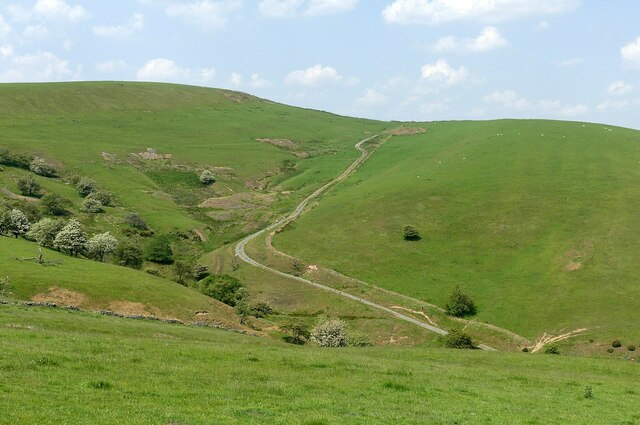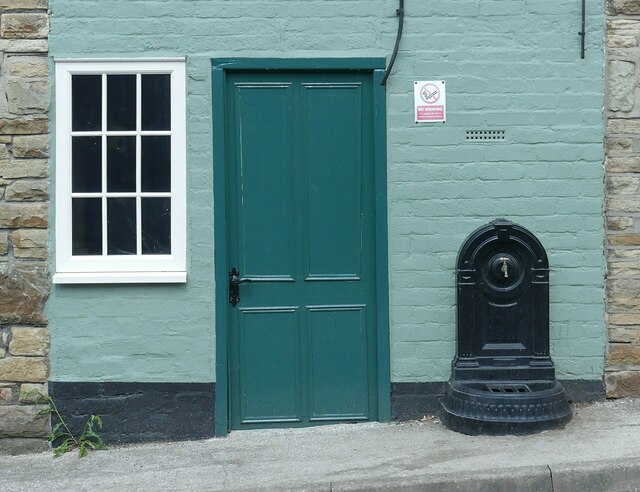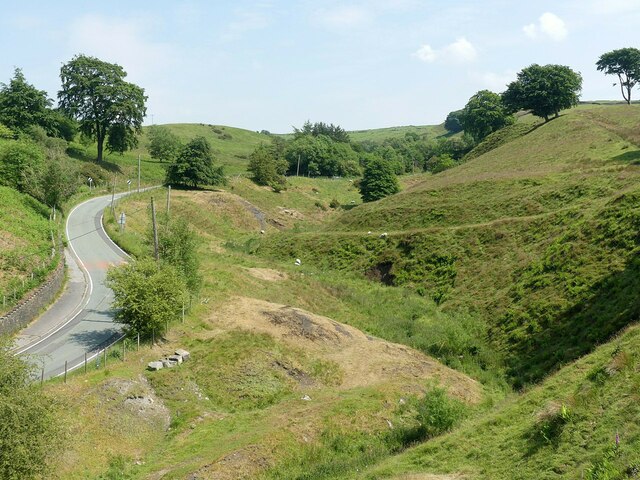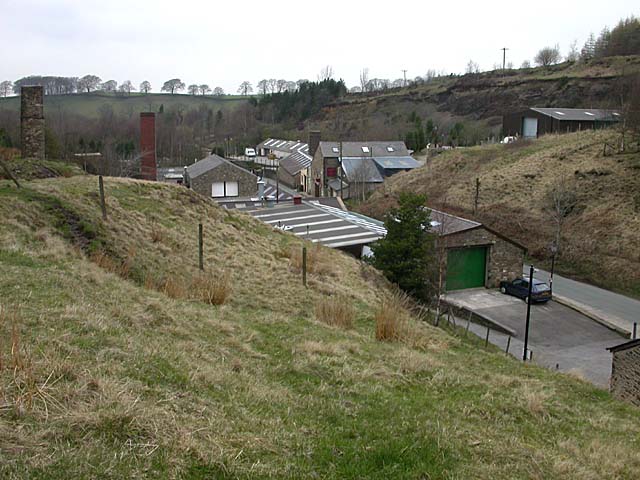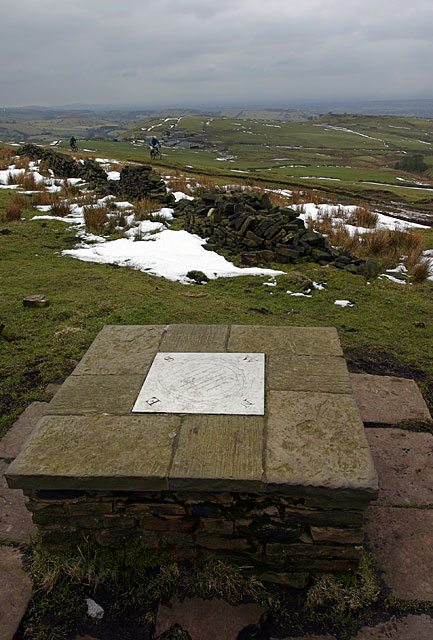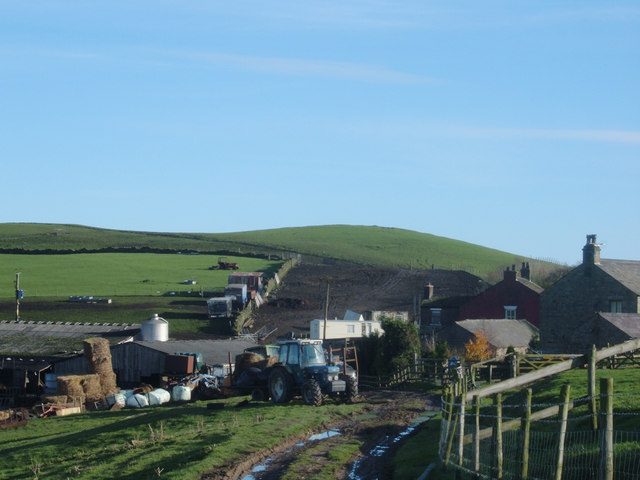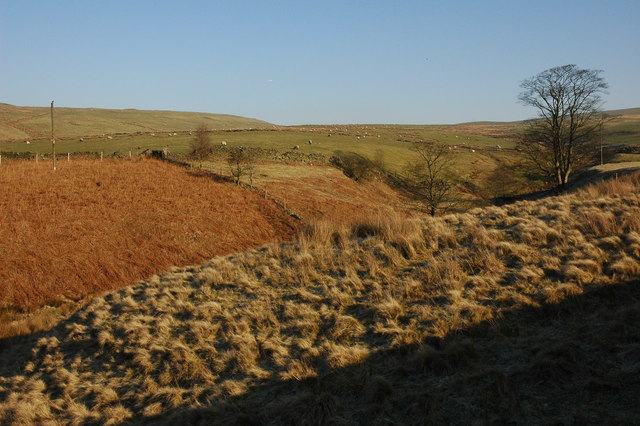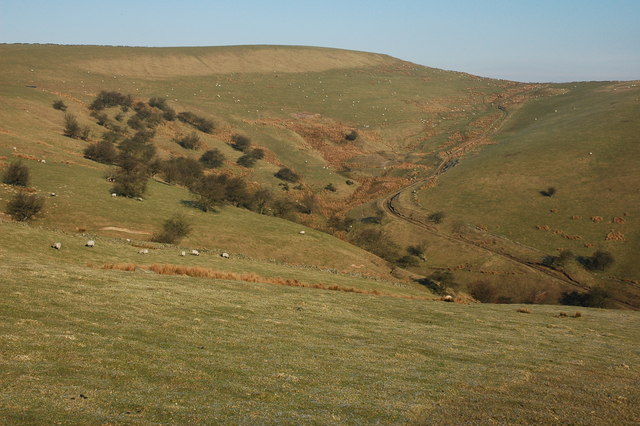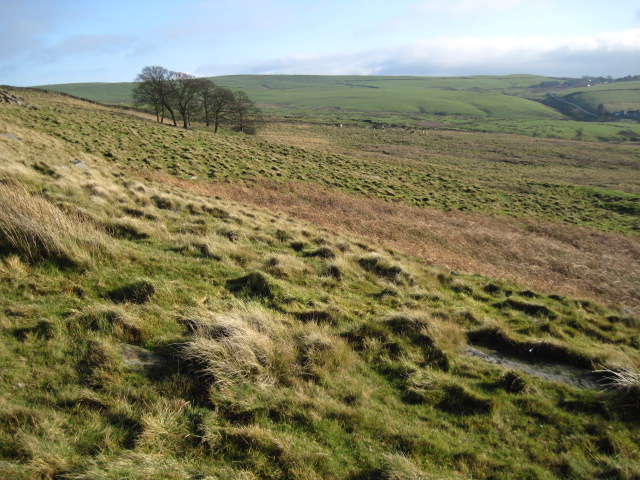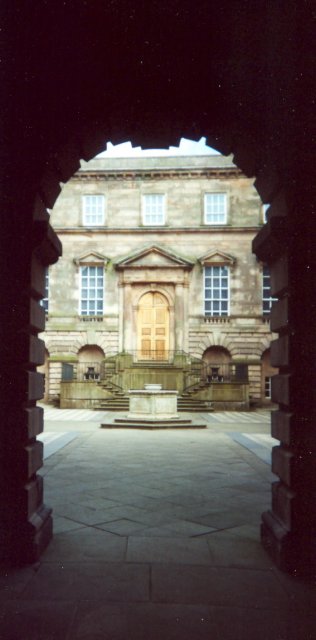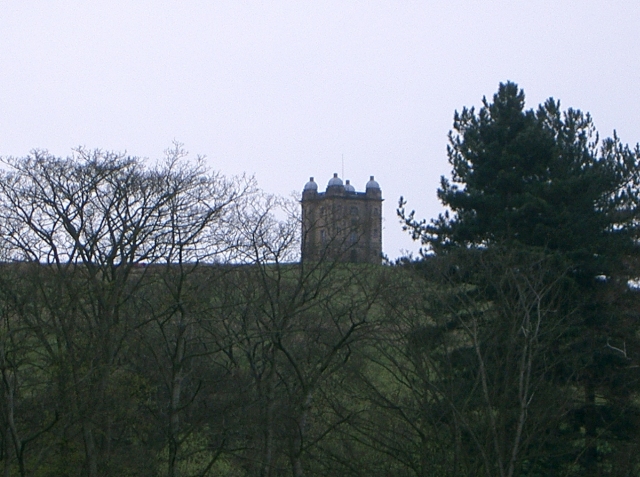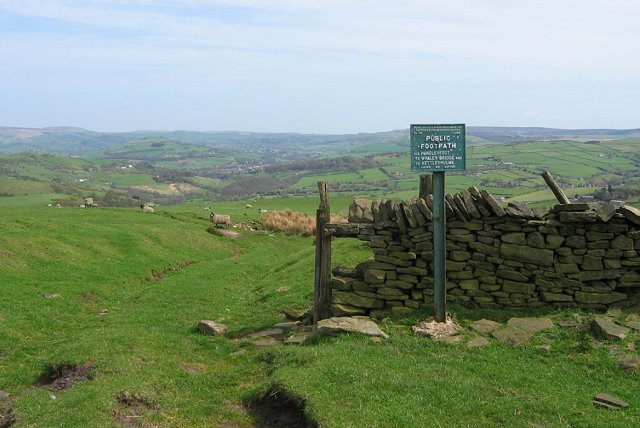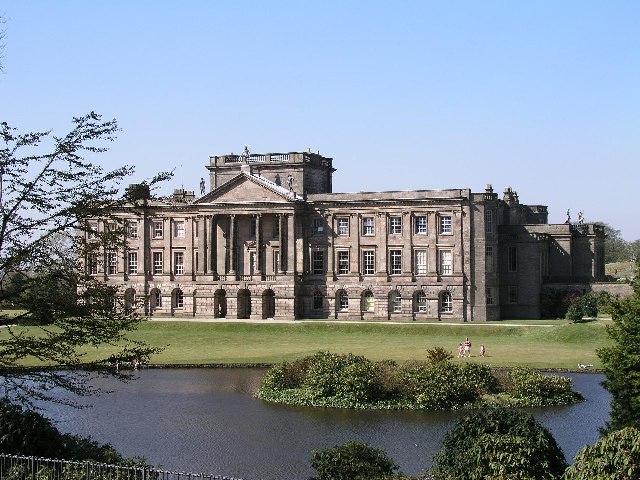Park Moor
Downs, Moorland in Cheshire
England
Park Moor
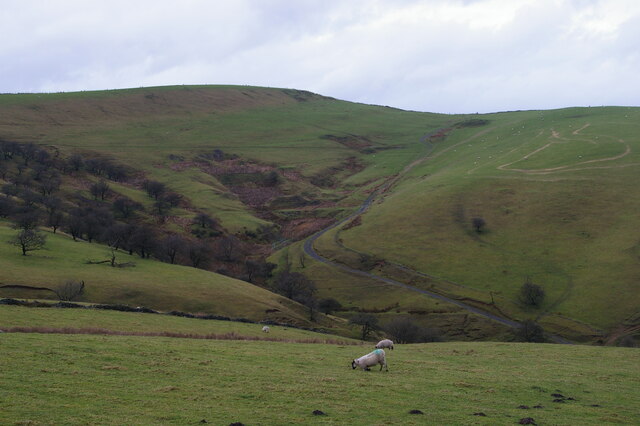
Park Moor is a picturesque area located in Cheshire, England. Spanning over a vast landscape, it is known for its scenic beauty and diverse natural habitats. The moorland is situated in close proximity to the village of Parkgate, offering visitors a tranquil escape from urban life.
The area is characterized by rolling hills, vast expanses of open grassland, and heathland, creating a unique ecosystem that supports a wide array of plant and animal species. The moorland is covered in heather, gorse, and bracken, providing a vibrant display of colors throughout the year.
Park Moor is a haven for wildlife enthusiasts, as it is home to various bird species, including skylarks, lapwings, and kestrels. The moorland also provides a habitat for small mammals such as rabbits, hares, and voles. Additionally, visitors may spot the occasional deer or fox roaming freely.
The area offers numerous walking trails and pathways, allowing visitors to explore the natural wonders at their own pace. One popular route is the Park Moor Circular Walk, which offers breathtaking views of the surrounding countryside and the nearby estuary. The diverse landscape also makes Park Moor an ideal location for outdoor activities, including picnicking, birdwatching, and photography.
With its natural beauty and peaceful atmosphere, Park Moor offers a serene escape for nature lovers and those seeking a break from the hustle and bustle of everyday life. Whether it's a leisurely stroll or an adventure-filled day, this charming moorland is sure to captivate visitors with its stunning vistas and rich biodiversity.
If you have any feedback on the listing, please let us know in the comments section below.
Park Moor Images
Images are sourced within 2km of 53.327695/-2.056024 or Grid Reference SJ9681. Thanks to Geograph Open Source API. All images are credited.
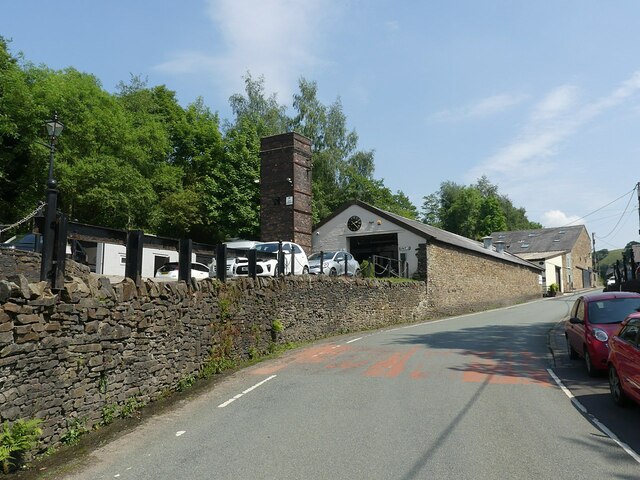
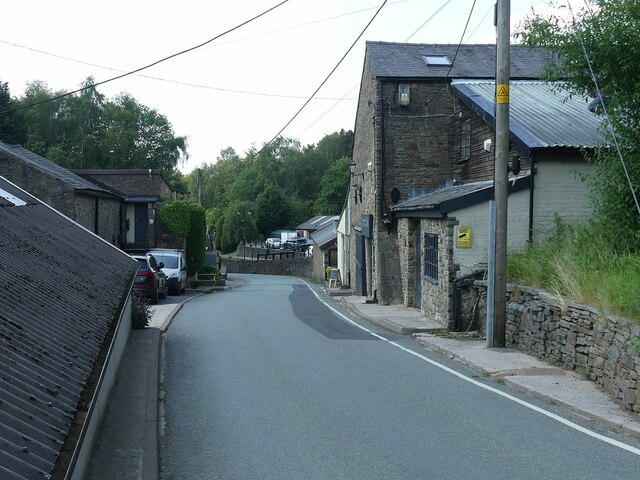
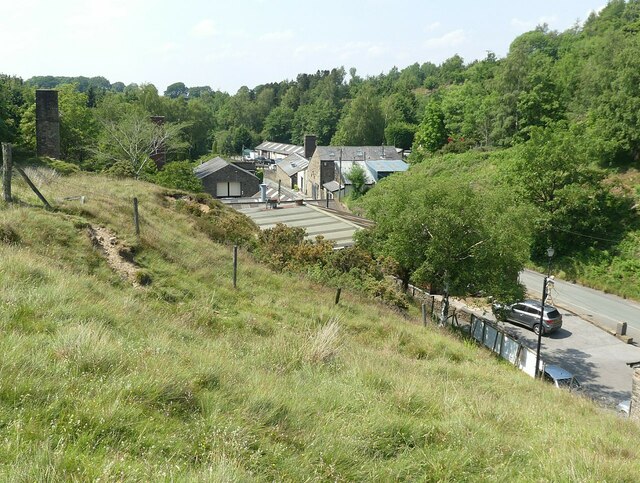
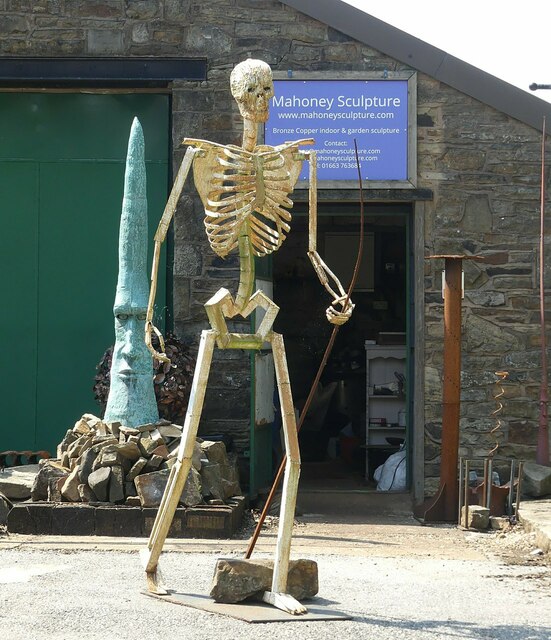
Park Moor is located at Grid Ref: SJ9681 (Lat: 53.327695, Lng: -2.056024)
Unitary Authority: Cheshire East
Police Authority: Cheshire
What 3 Words
///emotional.replaying.irrigate. Near Pott Shrigley, Cheshire
Nearby Locations
Related Wikis
Bowstones
The Bowstones are a pair of Anglian cross shafts in Cheshire, England. Situated beside the old ridgeway between Disley and Macclesfield, overlooking Lyme...
Lyme Park
Lyme Park is a large estate south of Disley, Cheshire, England, managed by the National Trust and consisting of a mansion house surrounded by formal gardens...
Lyme Handley
Lyme Handley, sometimes known as Lyme, is a former civil parish, now in the parish of Kettleshulme and Lyme Handley, in between Disley and Stockport, in...
Shrigley Hall
Shrigley Hall is a former country house standing to the northwest of the village of Pott Shrigley, Cheshire, England. It has since been used as a school...
Nearby Amenities
Located within 500m of 53.327695,-2.056024Have you been to Park Moor?
Leave your review of Park Moor below (or comments, questions and feedback).
